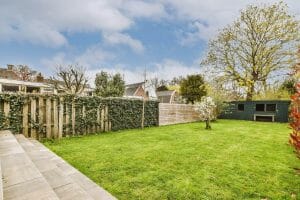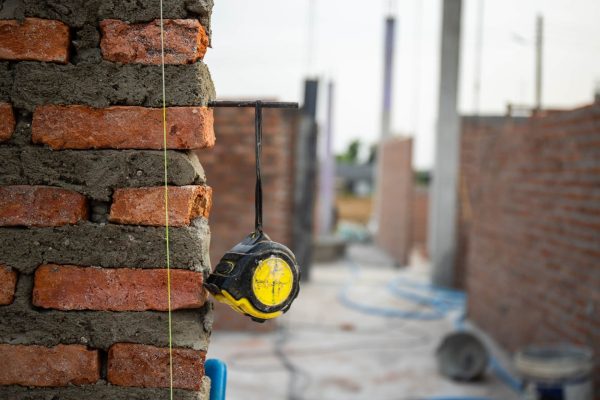Householder Annexe Application vs Certificate of Lawfulness for Annexes
If you’re planning a granny annexe, and it could be built in a way that meets the definition of a mobile home, you might benefit from a strategic move. Consider submitting both a Householder Application and a Certificate of Lawfulness application. This “dual approach” essentially gives your project two chances of getting approved by the local planning authority.

Householder Annexe Application for traditionally built Annexes
This is the most common and successful method for most granny annexes, here’s why:
- Applies to traditionally built structures: Householder applications are for permanent structures, built using conventional building methods.
- National and Local Planning Policy Assessment: Applications are evaluated against established planning guidelines, ensuring your project aligns with the area’s development goals.
- Consultation Process: Your neighbours, local council, and relevant specialists (ecology, highways, heritage) are consulted to consider potential impacts.
Certificate of Lawfulness for Mobile Homes
This option can also be explored if a Householder Application seems unlikely to succeed. However, there are limitations with this approach:
- Mobile Home Definition Requirements: Your annexe must strictly meet the legal definition of a mobile home under the Caravan Act.
- Ancillary Use Only: This mobile home/annexe can only be used to support the main dwelling
If successful, this route bypasses the need for full planning permission.
Dual Application Approach: Maximise Your Chances
Summing up, if your granny annexe has the potential to be classified as a mobile home, consider submitting both a Householder Application and a Certificate of Lawfulness application. By submitting both applications simultaneously, you increase your chances of securing approval. If the Householder Application is successful, you have a permanent annexe built to your specifications. If the Certificate of Lawfulness is approved, you can use your mobile home granny annexe without needing formal planning permission. It’s a win-win scenario, offering flexibility and potentially faster approval through the Certificate of Lawfulness route.
NAPC Your Partner in Granny Annexe Planning
All things considered, specialist advice will be needed to ensure your annexe meets the requirements of the Caravan Act. With this in mind, read our blog below, and contact NAPC today at 01285 283200 to discuss your project. Above all, we will help you to determine if the dual application route is suitable for your annexe.


